Catch Better: Drills & Tips for Beginner Baseball Catchers
Skills You Need to Catch Like a Pro
Points and Techniques for Improving Catching Skills
What's the Right Catching Stance?
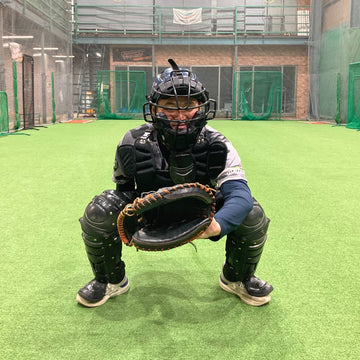
Key Catching Tip: Don't Let the Mitt Drift
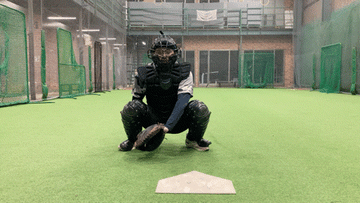
Effective Drills to Improve Catching Skills

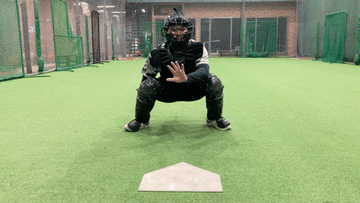
Drill 1: Improve Your Stance
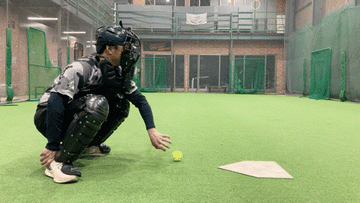
Drill 2: Scoop and Catch
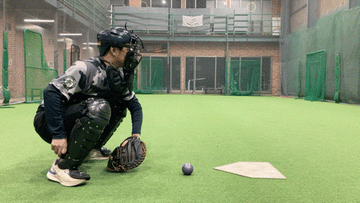
Drill 3: Handle Different Pitch Weights
Building Strength for Better Catching

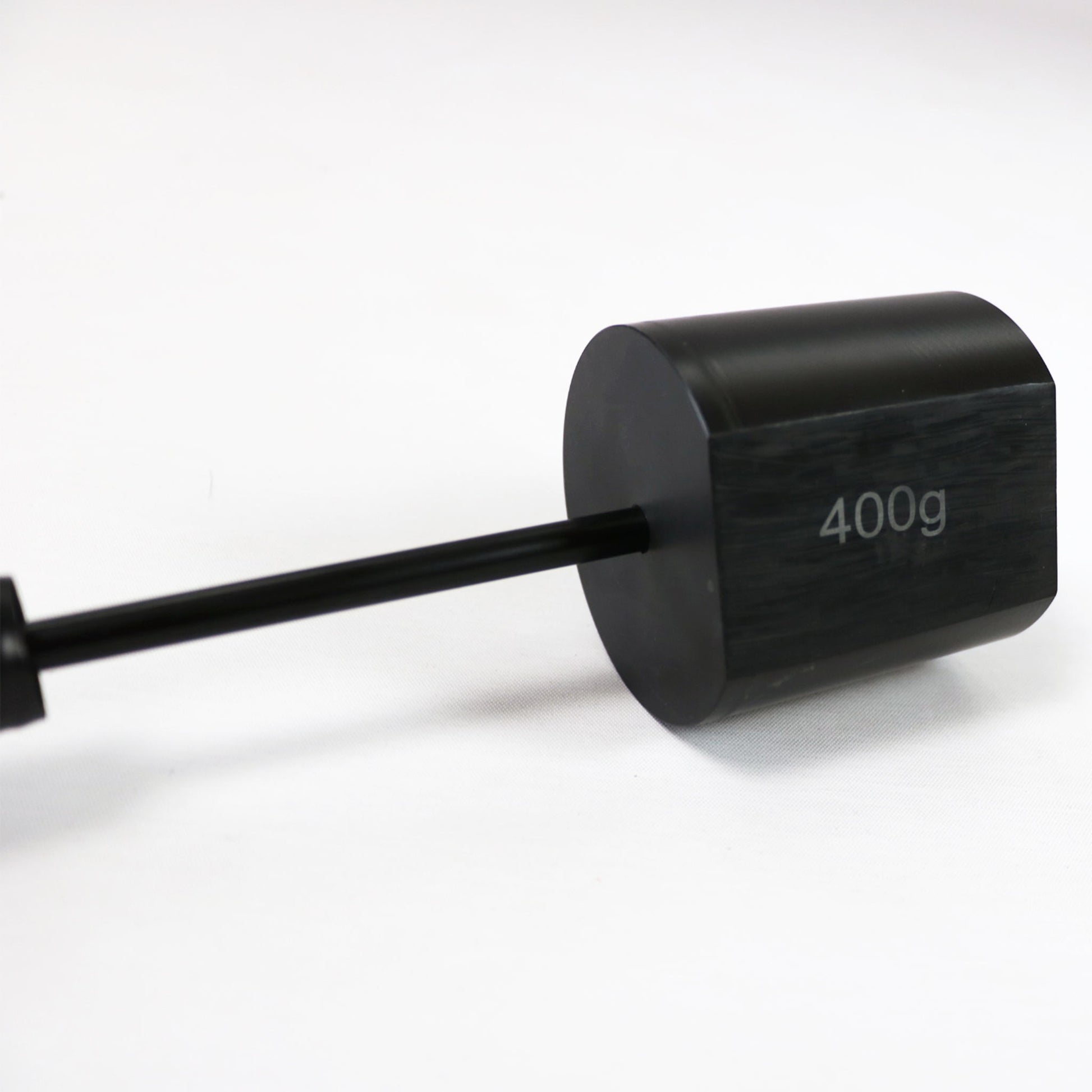
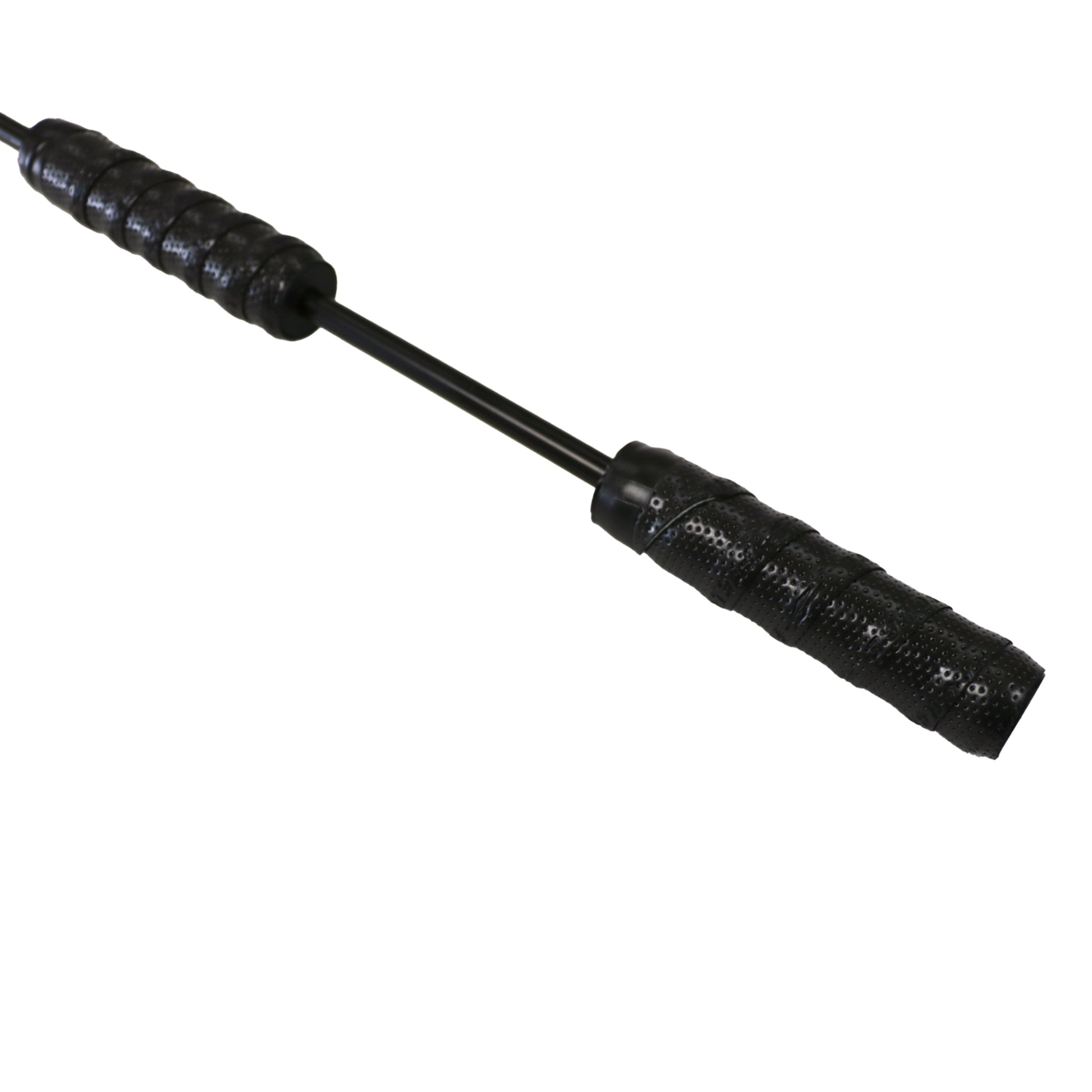
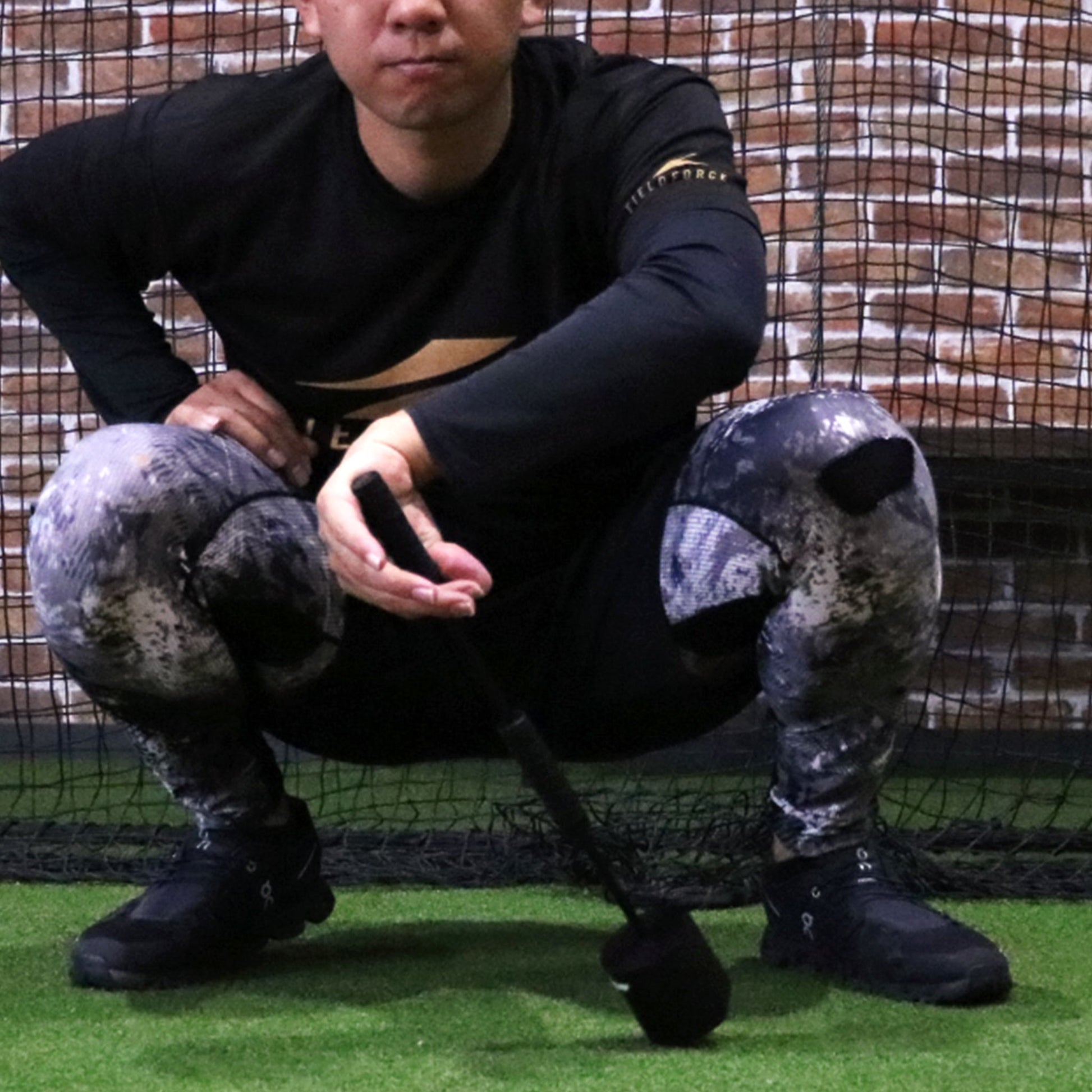
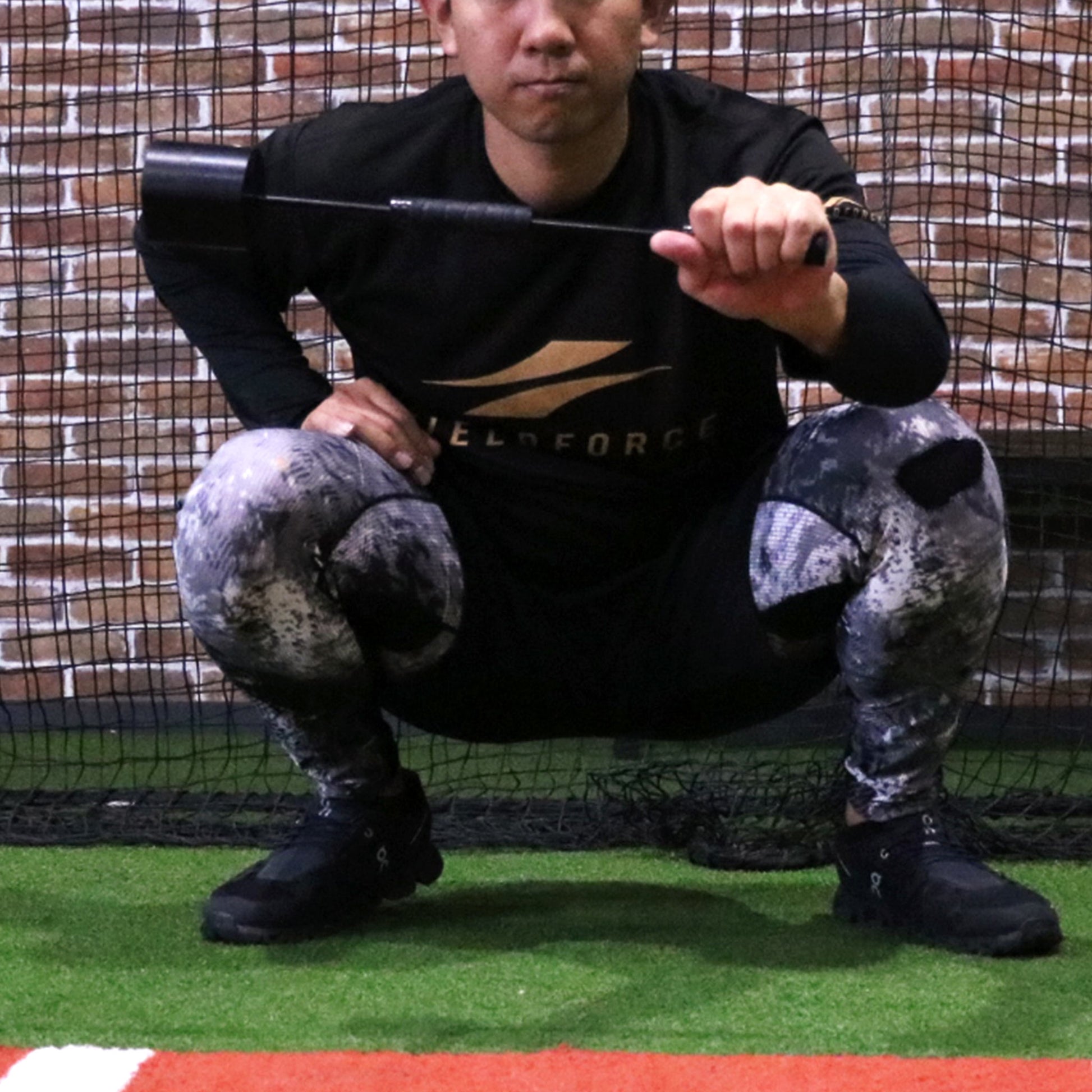
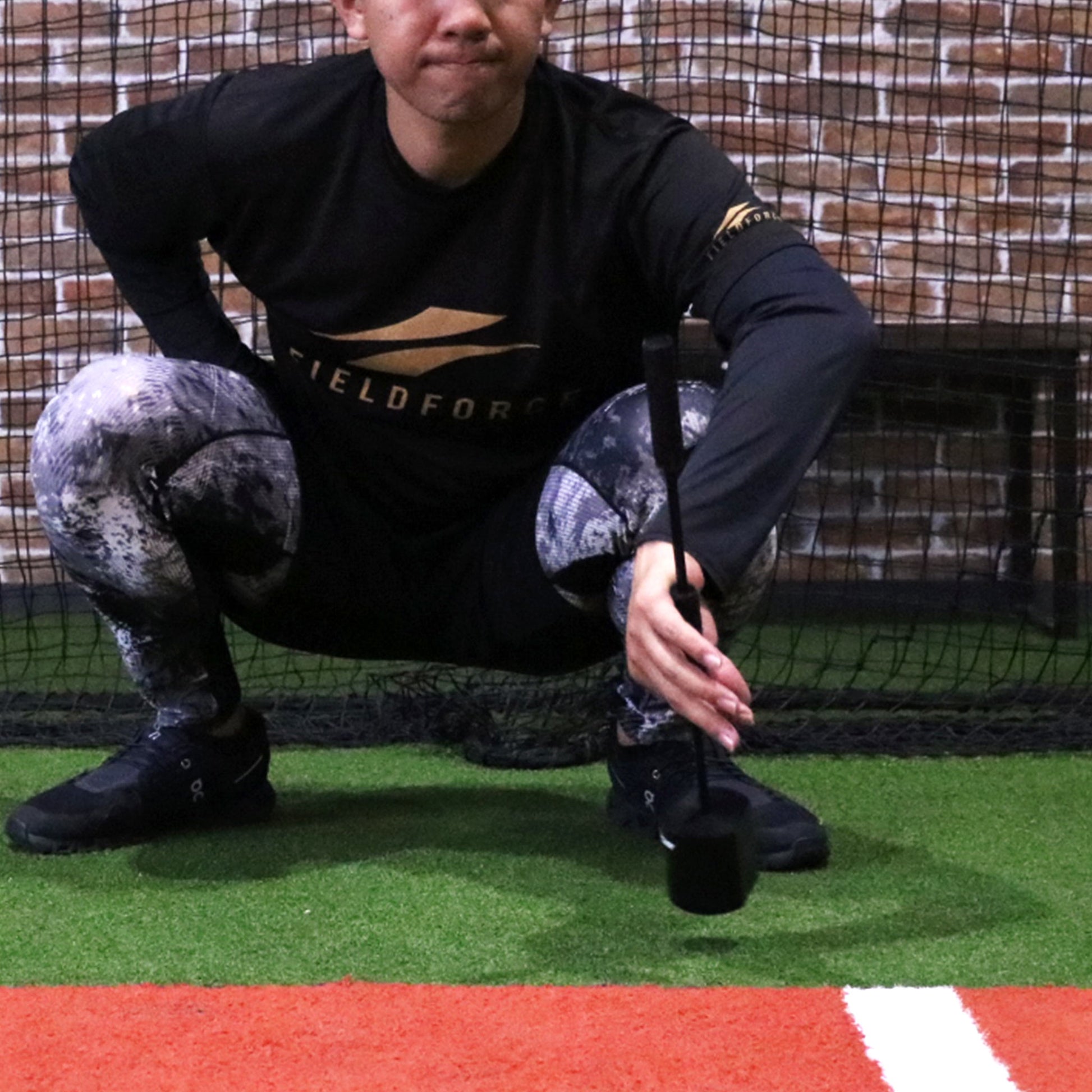
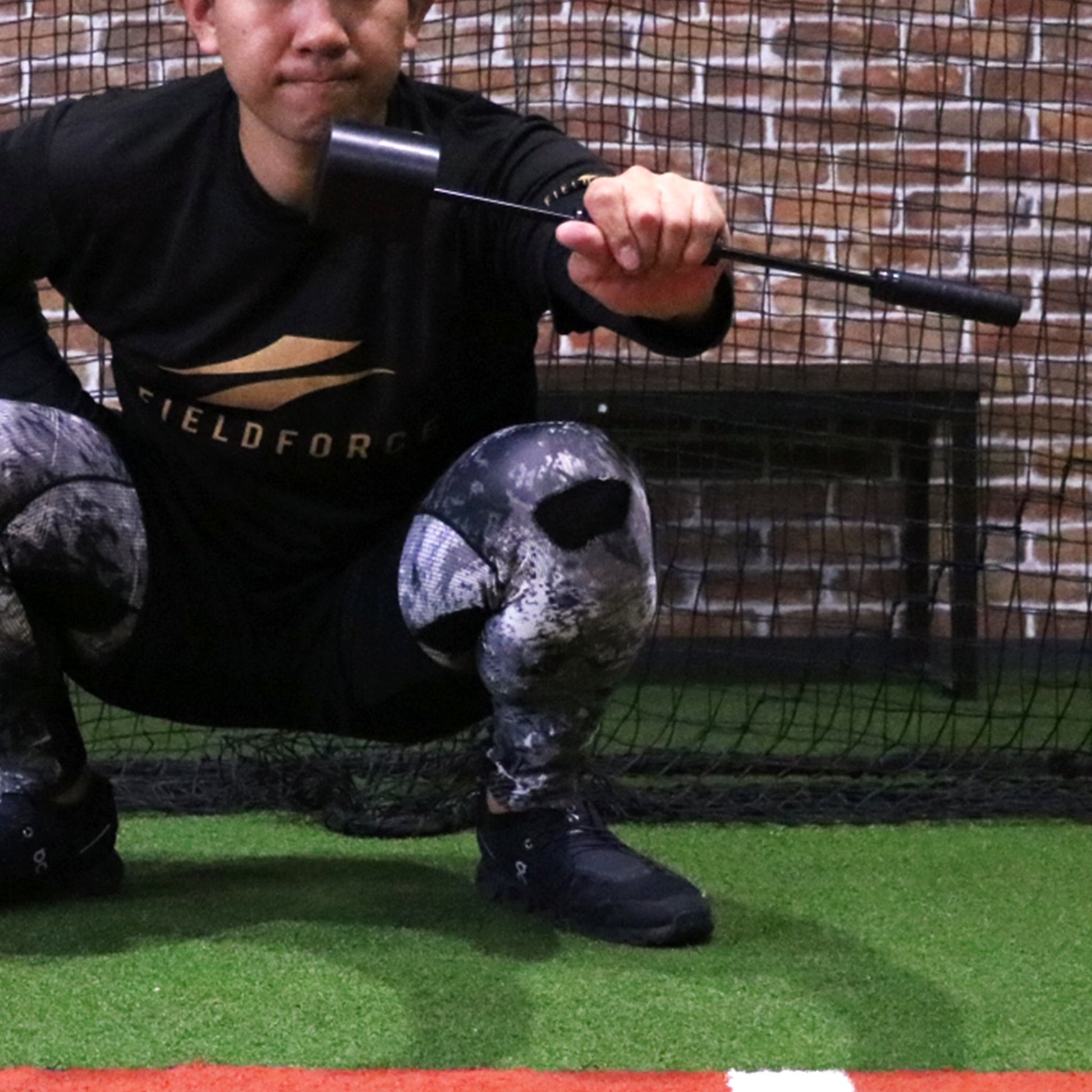
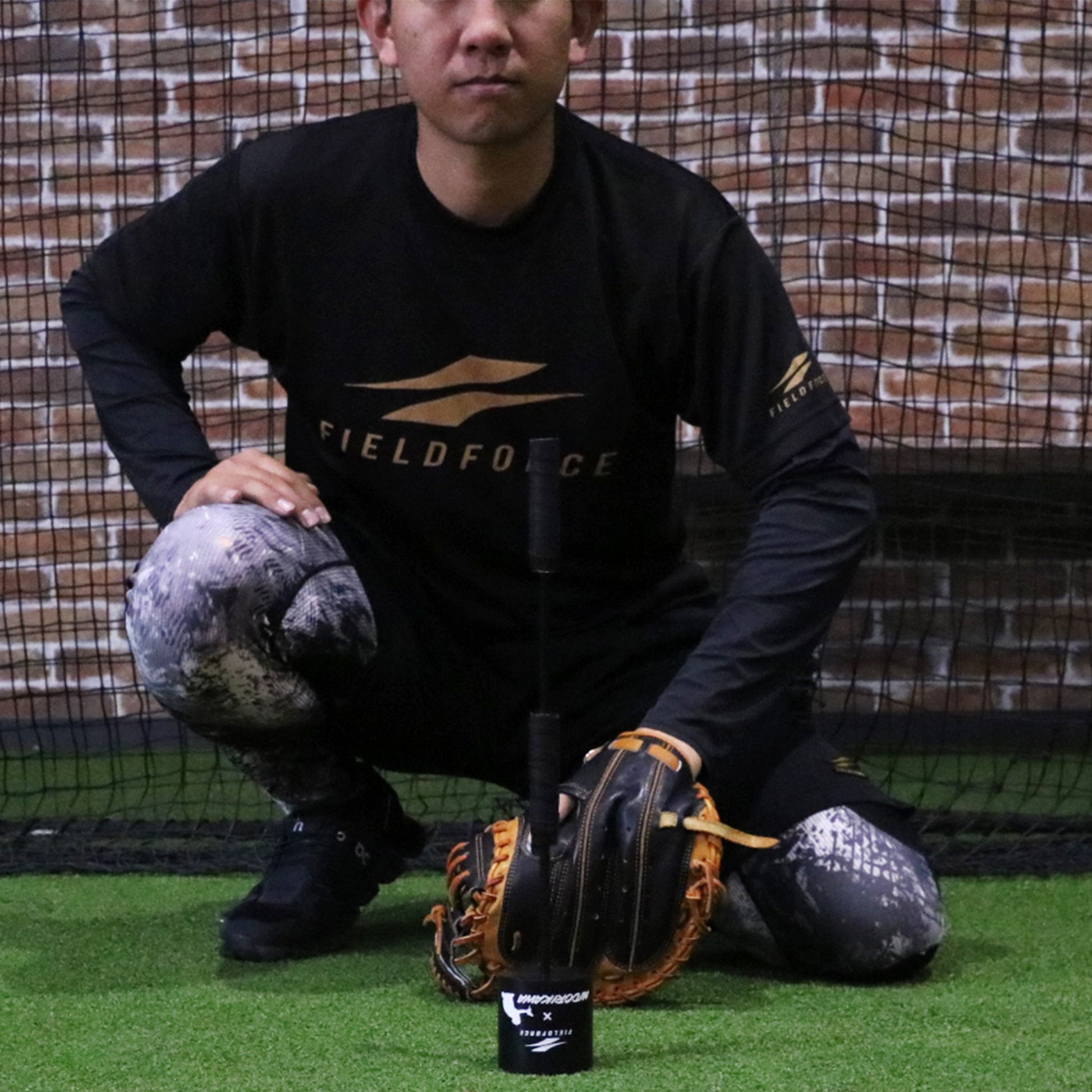

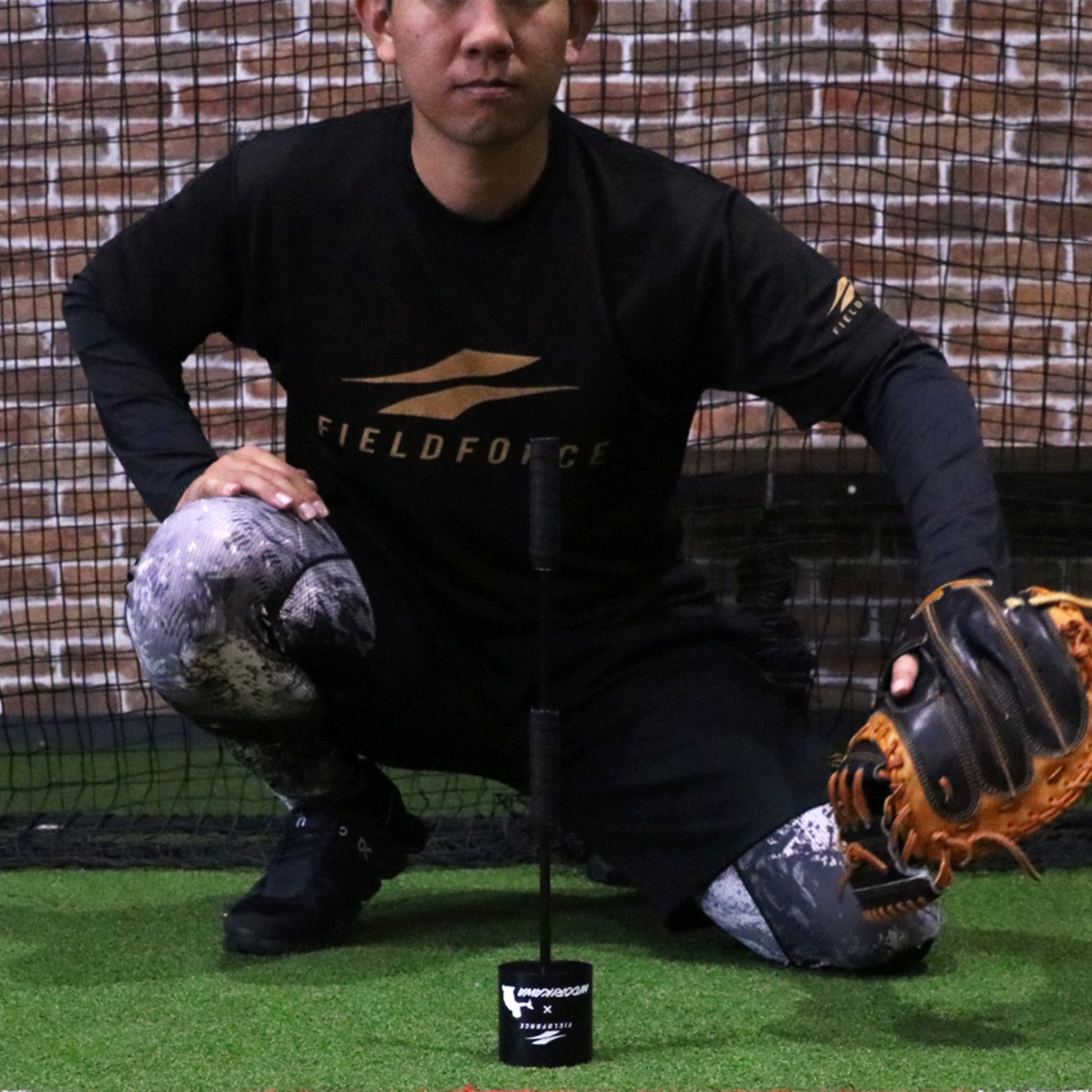
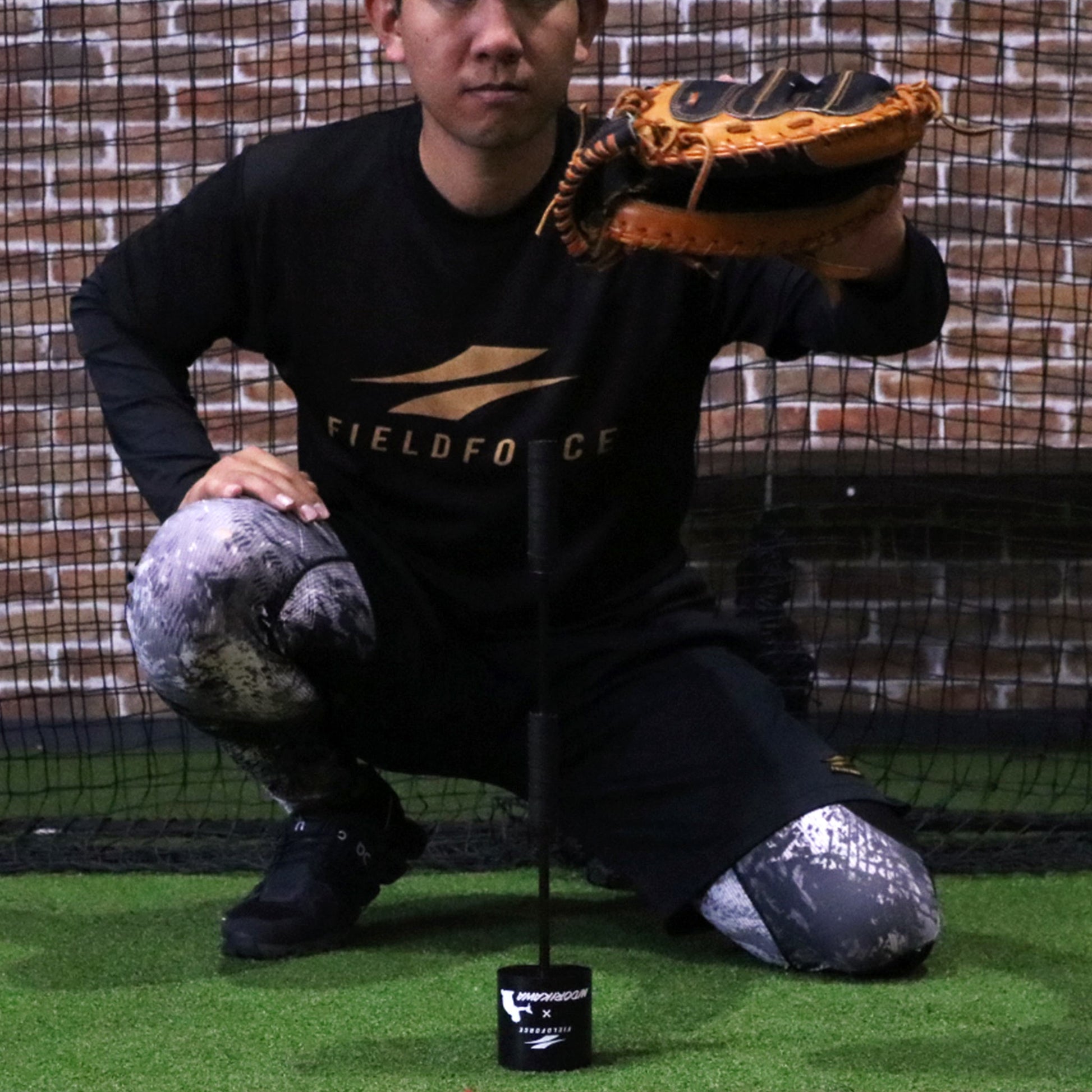
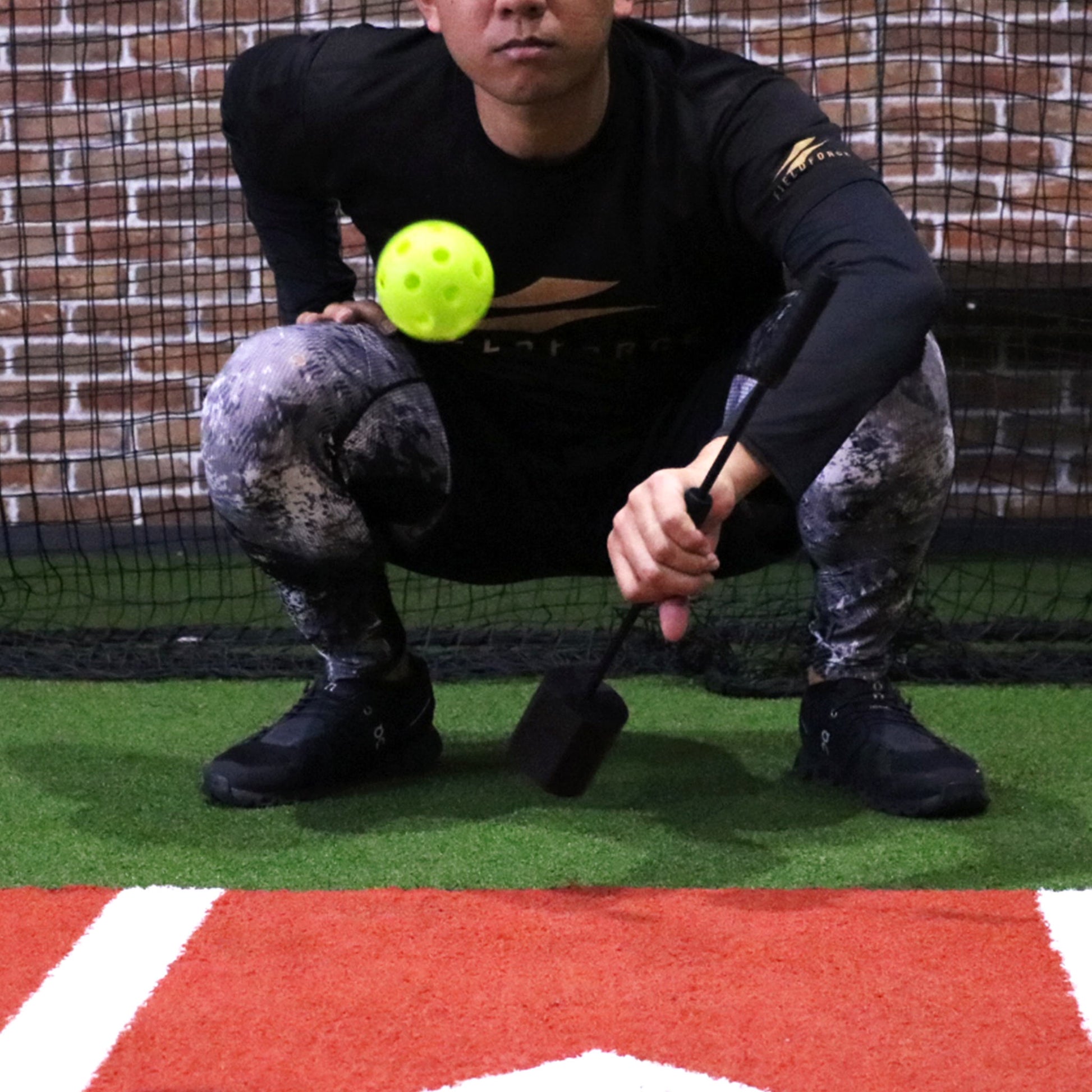


Framing Bar
The Framing Bar is a training tool designed specifically for catchers, helping them improve their skills to approach the ball and guiding the mitt smoothly toward the strike zone.
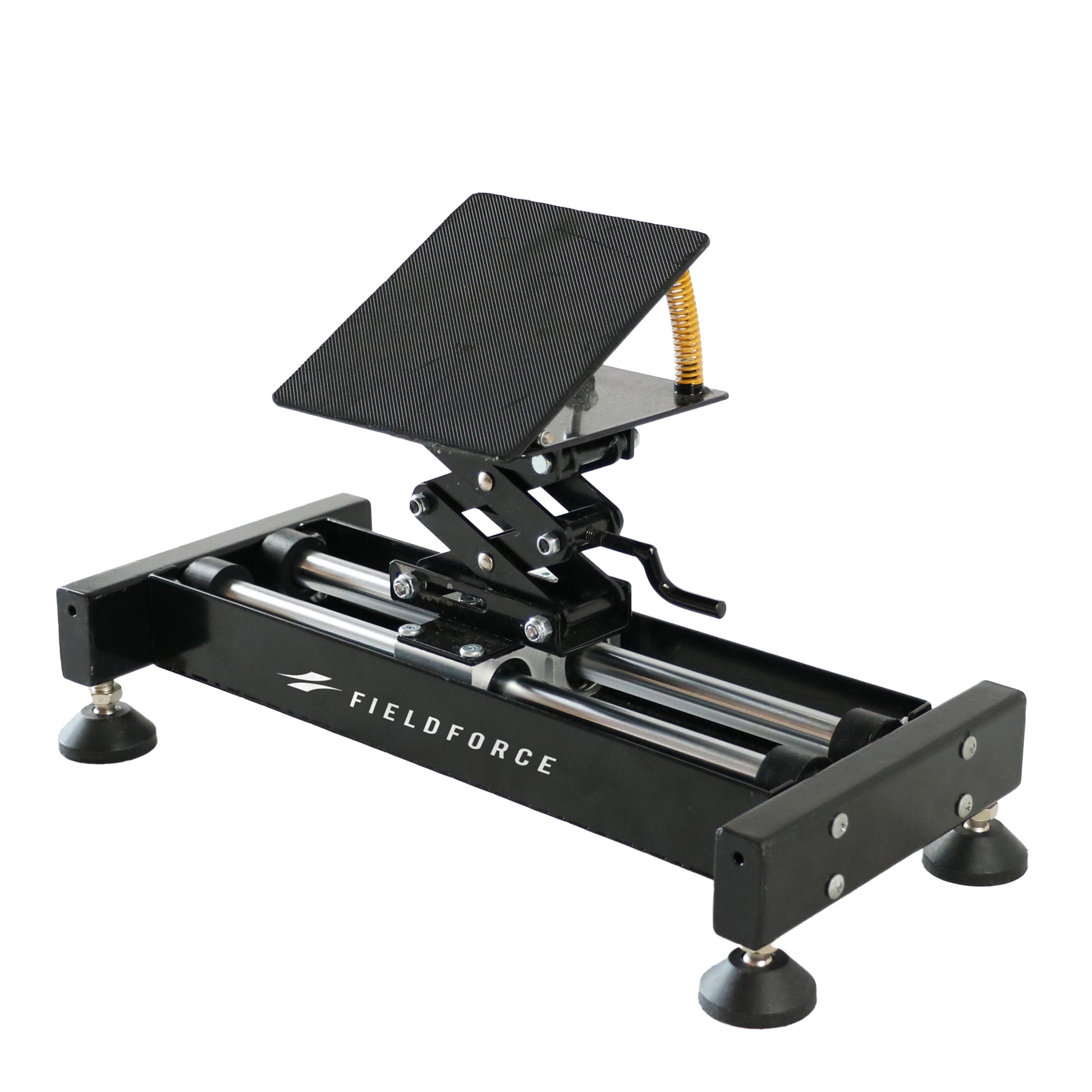
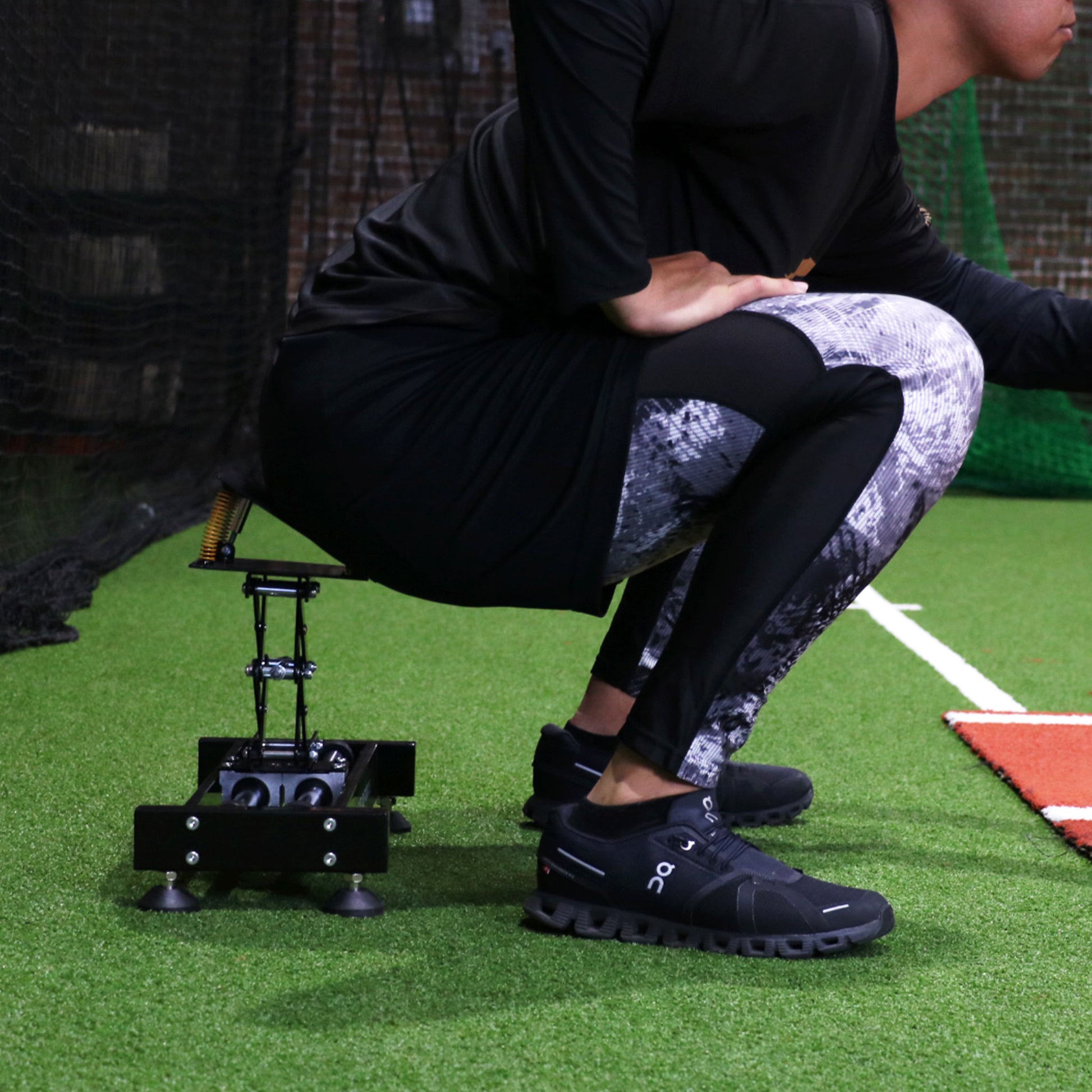

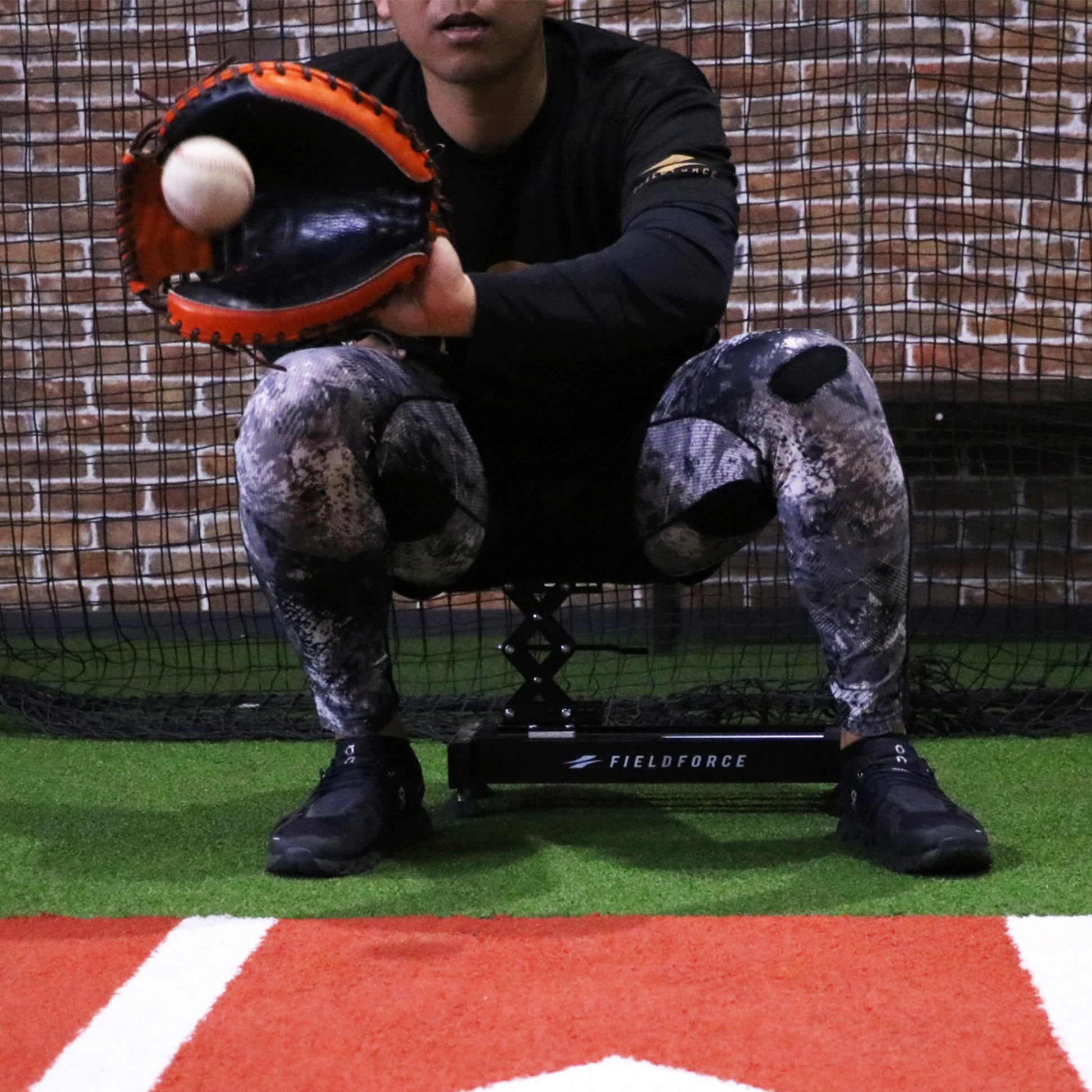
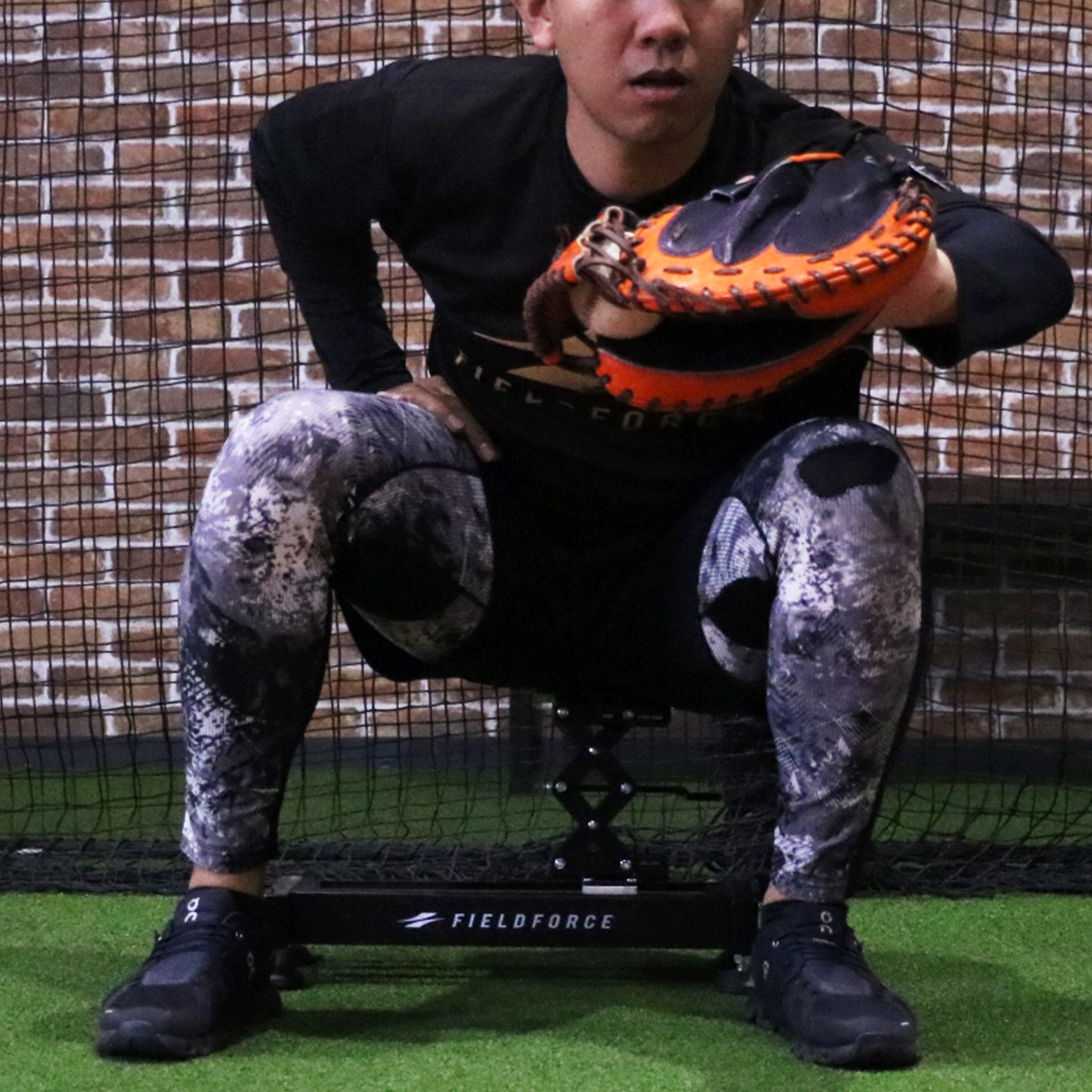
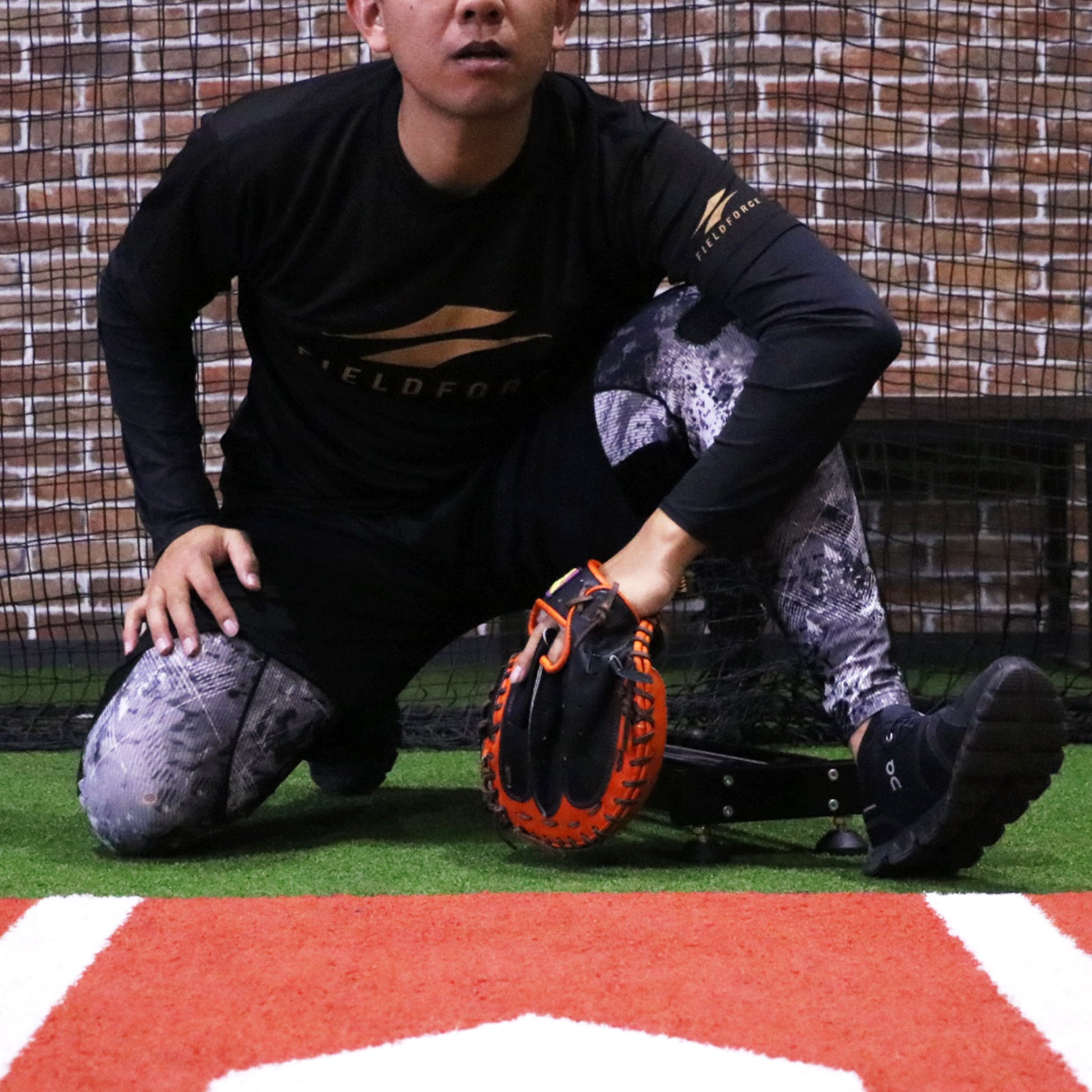
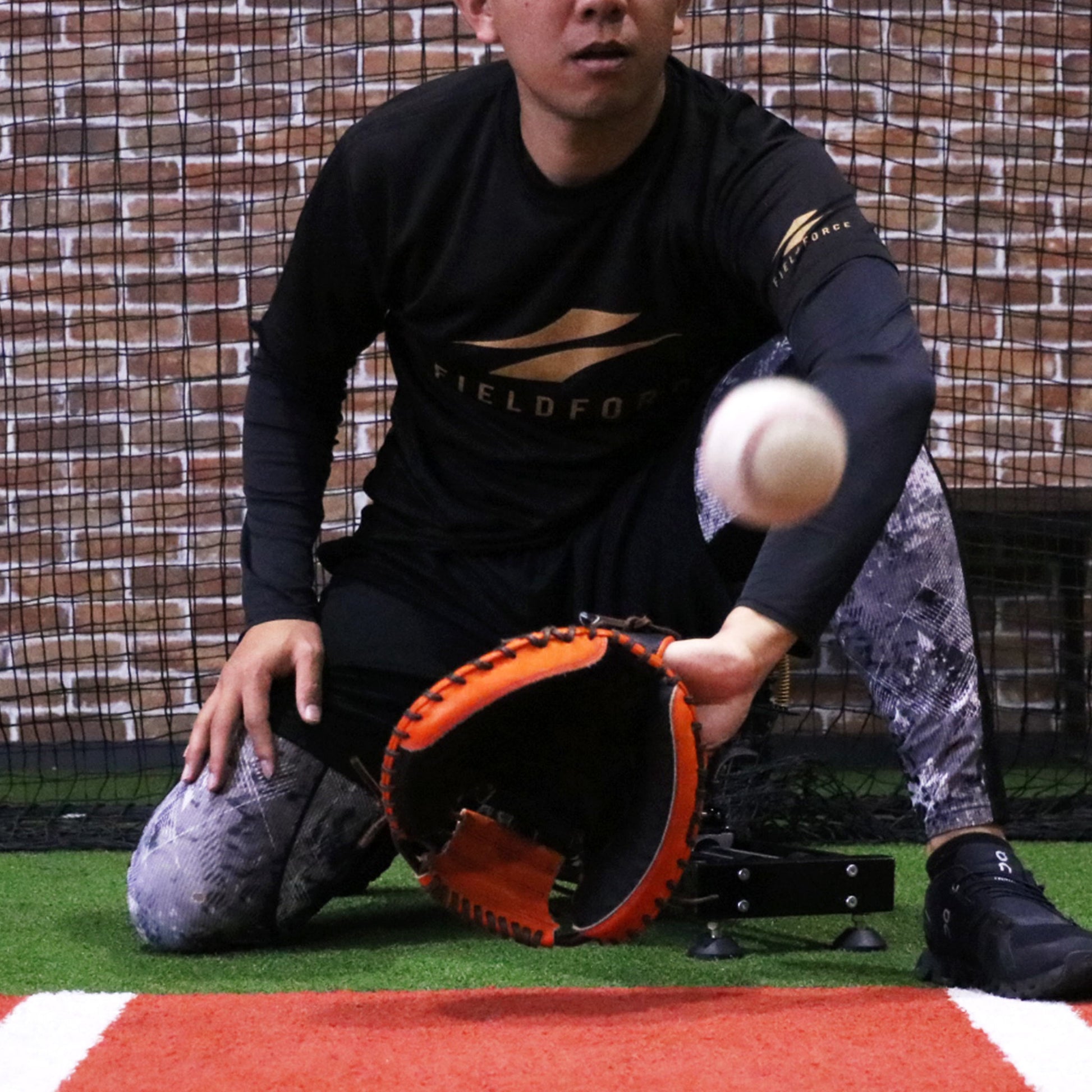
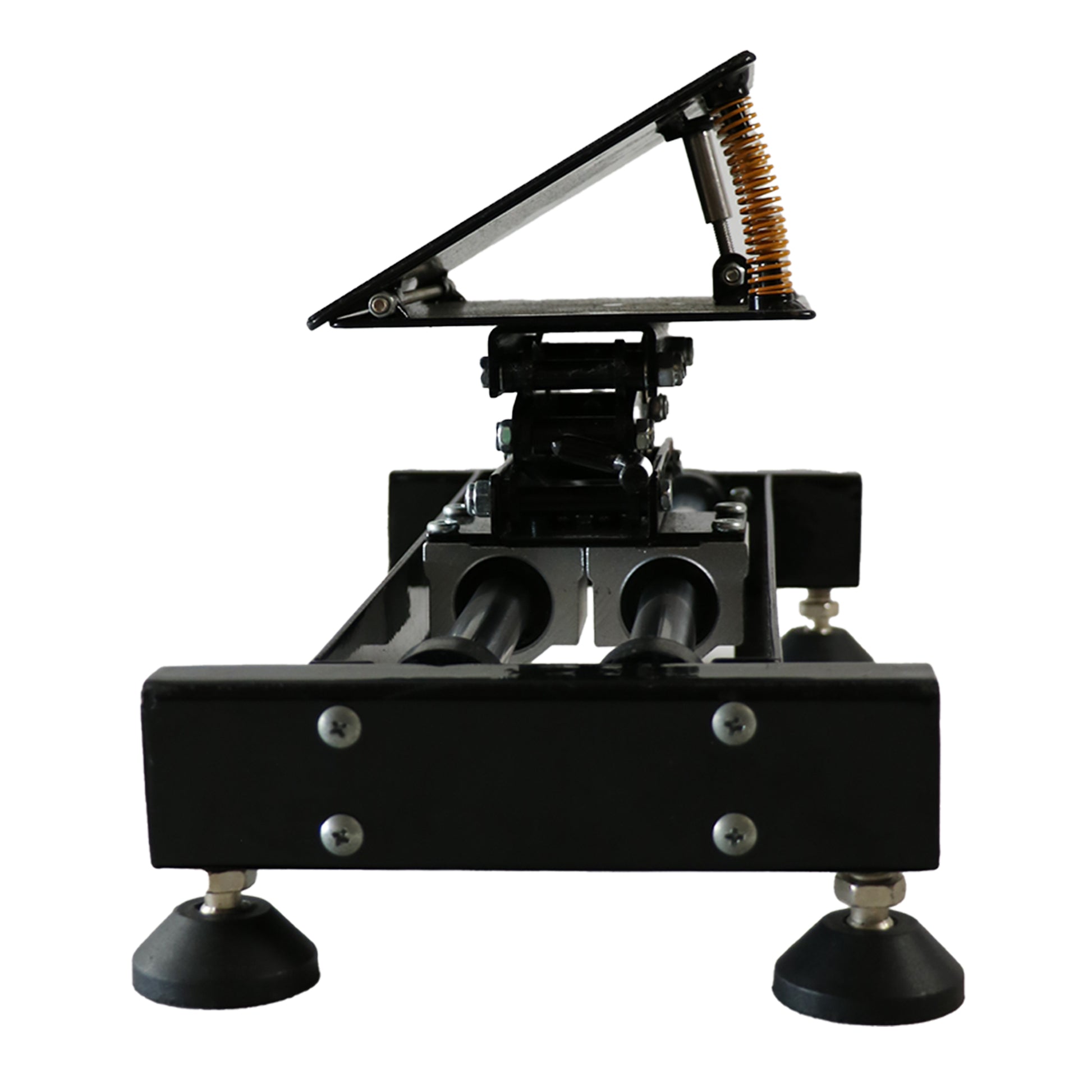
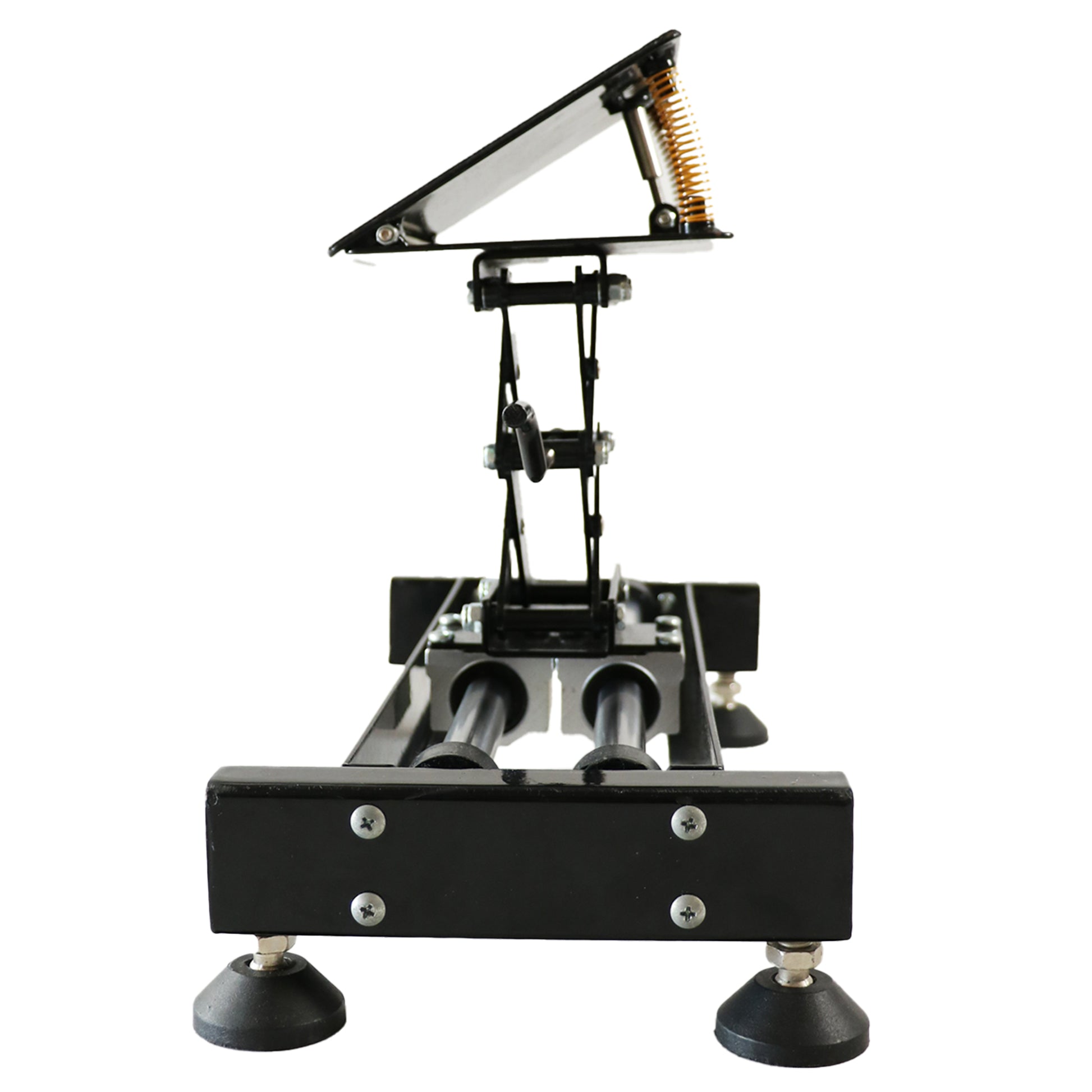
Catcher Chair
The Catcher Chair is a training tool that allows catchers to practice their stance, helping them improve hip flexibility and stability at home.
Example product's title
If you have any other questions or concerns,
feel free to reach out!
If you have any other questions or need further assistance, feel free to reach out to us! We're passionate about baseball and dedicated to helping players grow. We're here to fully support you in overcoming any challenges you face during training!














































